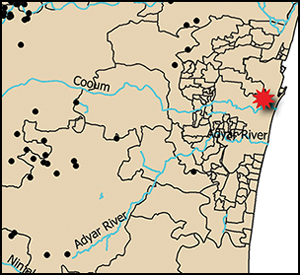Article contents
The ‘Madrasien’: on the trail of a terminology in Indian prehistory
Published online by Cambridge University Press: 28 October 2022
Abstract

Archaeological nomenclature influences the classification of cultural phases, objects and related behavioural interpretations. The term ‘Madrasien’, synonymous with the Acheulian, was a key concept in early studies of Indian prehistory, encompassing notions of geographical/administrative boundaries, tool types, cultural identities and migrations. Madrasien was coined in 1931 by the Austrian prehistorian Oswald Menghin and established in South Asian prehistory by V.D. Krishnaswami. Here, the authors trace the evolution of the term, situating it within the wider discourses in Indian prehistory and examining its role in shaping ideas on South Asian Palaeolithic nomenclatures. The Madrasien was gradually replaced by the current medley of African, European and Southeast Asian terminologies.
Keywords
- Type
- Research Article
- Information
- Copyright
- Copyright © The Author(s), 2022. Published by Cambridge University Press on behalf of Antiquity Publications Ltd
References
- 1
- Cited by


